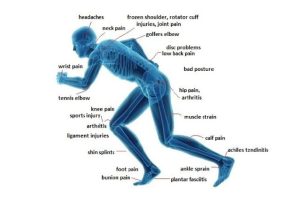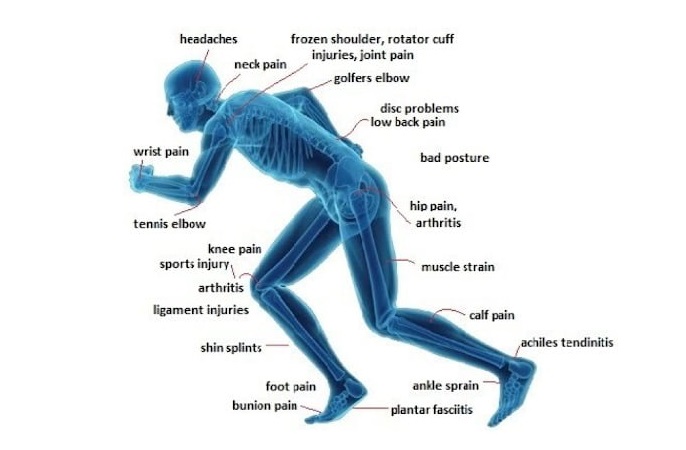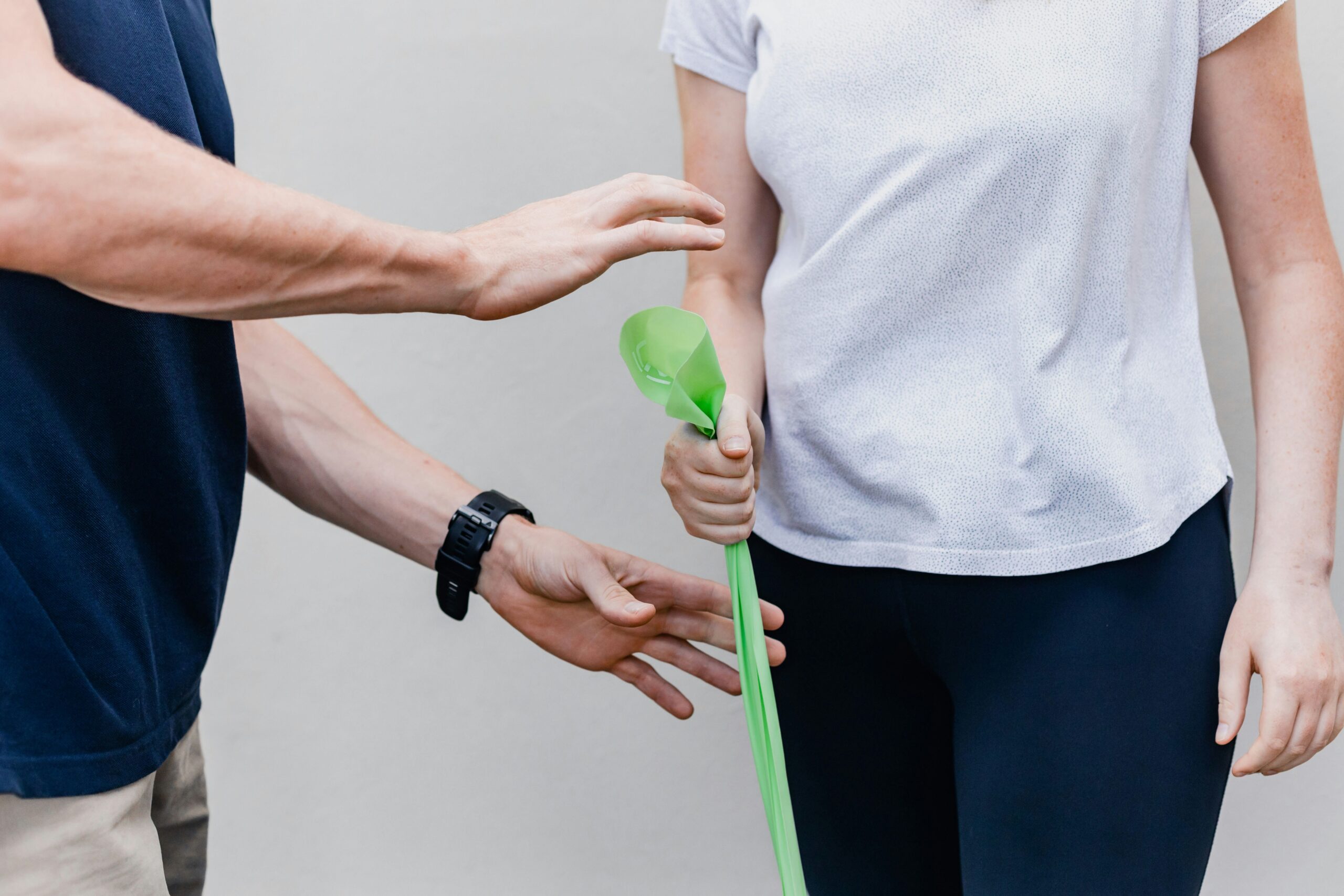5 ways how we can manage acute musculoskeletal conditions from sporting injuries.
Musculoskeletal physio in Edmonton
Sporting activities offer numerous benefits, from improved fitness and strength to the joy of competition. However, they also come with a risk of acute musculoskeletal injuries, which can disrupt your training and affect your quality of life. Proper management of these injuries is crucial for effective recovery and to prevent long-term complications. This blog will talk about how to manage acute musculoskeletal conditions resulting from sports injuries, offering a detailed approach to treatment and rehabilitation.

Understanding Acute Musculoskeletal Injuries
Acute musculoskeletal injuries occur suddenly, often during physical activity, and involve damage to muscles, tendons, ligaments, bones, or cartilage. Common injuries include sprains, strains, fractures, and dislocations. These injuries can result from direct trauma, such as a fall or collision, or from overuse and sudden force.
Immediate Response: The R.I.C.E. Method
When an acute injury occurs, the immediate response is crucial. The R.I.C.E. method—Rest, Ice, Compression, and Elevation—is a foundational approach for managing acute musculoskeletal injuries followed by most musculoskeletal physio in Edmonton:
- Rest: Avoid putting weight or stress on the injured area to prevent further damage. Resting is crucial to allow the body to start its natural healing process.
- Ice: Apply ice to the injured area to reduce swelling and numb pain. Use an ice pack wrapped in a cloth and apply it for 15-20 minutes every hour as needed during the first 48 hours after the injury.
- Compression: Use an elastic bandage to compress the injured area. This helps reduce swelling and provides support. Be careful not to wrap it too tightly, as this can impede blood flow.
- Elevation: Keep the injured area elevated above heart level to help reduce swelling. This is especially important in the initial 48 hours following the injury.
Medical Evaluation and Diagnosis
After the initial management, it’s essential to seek medical evaluation, especially if the injury is severe. A healthcare professional, such as a physician or physiotherapist, will assess the injury through physical examination and possibly imaging studies like X-rays or MRIs to determine the extent of the damage.
Treatment and Rehabilitation
Once diagnosed, the treatment plan will depend on the type and severity of the injury:
- Pain Management: Over-the-counter pain relievers like ibuprofen or acetaminophen can help manage pain and inflammation. In some cases, your healthcare provider might prescribe stronger medications.
- Immobilization: Depending on the injury, immobilizing the affected area with a splint, cast, or brace may be necessary to allow proper healing.
- Physical Therapy: A tailored physical therapy program is vital for rehabilitation. This includes exercises to restore strength, flexibility, and range of motion. A physical therapist will guide you through specific exercises and techniques to support recovery.
- Gradual Return to Activity: Once you’ve made progress in your recovery, gradually reintroduce physical activity. This should be done under the guidance of a healthcare professional to ensure you don’t exacerbate the injury.
Preventing Future Injuries
Prevention is key to avoiding future injuries. Consider these strategies:
- Warm-Up and Stretch: Properly warm up before physical activity and stretch your muscles to improve flexibility and reduce the risk of injury.
- Use Proper Equipment: Ensure you’re using the correct equipment and protective gear for your sport or activity.
- Strength Training: Incorporate strength training exercises to build muscle support around joints and improve overall stability.
- Rest and Recovery: Allow adequate time for recovery between intense activities to prevent overuse injuries.
When to Seek Further Help for Musculoskeletal physio in Edmonton
If symptoms persist or worsen despite following these management strategies, seek further medical advice. Chronic pain, swelling, or difficulty moving the injured area could indicate a more serious issue requiring specialized treatment.
Conclusion
Managing acute musculoskeletal conditions from sporting injuries involves immediate care, proper diagnosis, and a structured treatment and rehabilitation plan. By understanding and implementing these strategies, you can effectively manage injuries, promote healing, and minimize the risk of future complications. Remember, listening to your body and seeking professional guidance when needed are essential steps toward a successful recovery and safe return to your favorite activities.
For effective relief from musculoskeletal issues, turn to musculoskeletal physio in Edmonton. Our expert physiotherapists in Edmonton are dedicated to addressing a wide range of conditions, from sports injuries to chronic pain. Whether you're dealing with a recent injury or long-term discomfort, musculoskeletal physio in Edmonton offers tailored treatment plans designed to restore function and improve your quality of life. Trust the specialists in musculoskeletal physio in Edmonton to guide you on your journey to recovery with personalized care and proven techniques.










